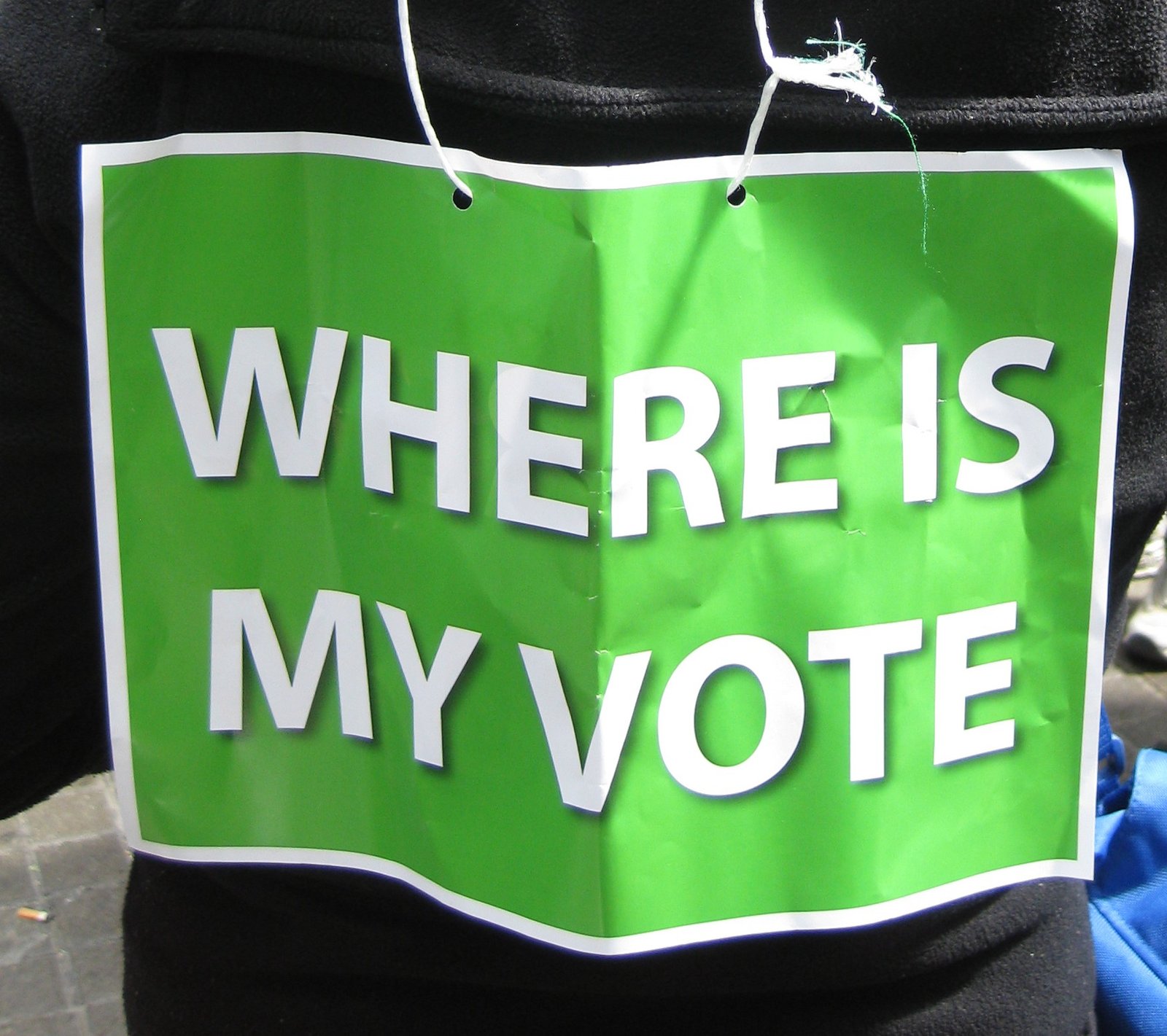Where to Vote
Where to Vote: A Guide to Finding Your Polling Place
With election season upon us, knowing where to vote is crucial for every eligible citizen looking to cast their ballot. This guide provides you with the latest information on finding your polling location, understanding voting options, and preparing for Election Day. No matter your state or county, here’s how to ensure your voice is heard and counted.
1. Check Your State’s Voting Website
Each U.S. state has its own rules for locating polling places, registration, and voting methods. State election websites are reliable sources for up-to-date polling information. Simply search for your state’s election office website, where you’ll find options like:
- Polling place locator tools: Most state sites have tools where you can enter your address to find your nearest voting site.
- Voter registration status: Check your registration status to confirm eligibility.
- Ballot information: Preview what will be on your ballot before heading to the polls.
A quick online search for “[Your State] polling place locator” will typically direct you to the right page.

2. Use National Polling Place Locators
For a more centralized option, organizations like the U.S. Election Assistance Commission (EAC) and Vote.org offer polling place locators that cover every state. By entering your home address, you can view details about your voting location and any additional requirements. Here are a few trustworthy resources:
- Vote.org Polling Place Locator: Provides information on polling locations, voter ID requirements, and more.
- U.S. Election Assistance Commission (EAC): Offers resources to verify polling place locations, accessibility information, and Election Day guidance.
- Google’s Election Tool: Around election season, Google often provides tools to help voters find their polling location by simply typing “where to vote” or “polling place near me” in the search bar.
These tools can save time and prevent confusion, especially if your usual polling place has changed due to redistricting or other local updates.
3. Local Election Office Assistance
County and municipal election offices are invaluable resources. Contacting them directly can provide you with accurate information on polling locations, early voting options, and hours of operation. You can typically reach local election offices by:
- Visiting their official websites.
- Calling their hotline for personalized assistance.
- Accessing maps and other tools for precise locations of polling places.
Some county offices even offer dedicated hotlines and real-time updates on wait times at various polling places.
4. Know Your Voting Options: Early Voting and Mail-In Ballots
Many states now offer early voting and mail-in ballot options, which allow voters to avoid long lines and busy polling places on Election Day. Check your state’s election website to confirm if:
- Early voting is available: Early voting locations may differ from your standard polling place, so confirm where and when you can vote early.
- Mail-in voting: If you prefer a mail-in ballot, confirm deadlines for requesting and returning your ballot to ensure it arrives on time.
Early voting and mail-in options have become especially popular for those with busy schedules or those who want to avoid crowds.
5. Polling Place Hours and Accessibility
Most polling places in the U.S. open early and stay open late to accommodate voters. However, exact hours vary by state, so confirm operating hours ahead of time.
If you have accessibility needs, reach out to your local election office. Federal law requires polling places to provide accommodations, such as accessible voting machines or curbside voting options, but it’s a good idea to verify what’s available at your specific location.
6. Preparing for Election Day
Before heading out, check if your state requires any form of identification to vote. Some states mandate photo ID, while others may accept utility bills or other non-photo documents as proof of residence.
Remember to bring:
- An approved form of ID (if required).
- Your sample ballot (optional, but helpful for quick reference).
- Patience—wait times can vary, especially during peak hours.
Conclusion
Locating your polling place and preparing to vote doesn’t have to be a complicated process. With online tools, state resources, and local election offices, finding where to vote has never been more accessible. Remember, every vote counts, and casting yours is a meaningful way to make your voice heard in shaping your community, state, and nation.
Stay informed, and make a plan to vote this election season!
Related
Discover more from NewsPour
Subscribe to get the latest posts to your email.




Let your voice be heard! Share your thoughts and ignite discussions.